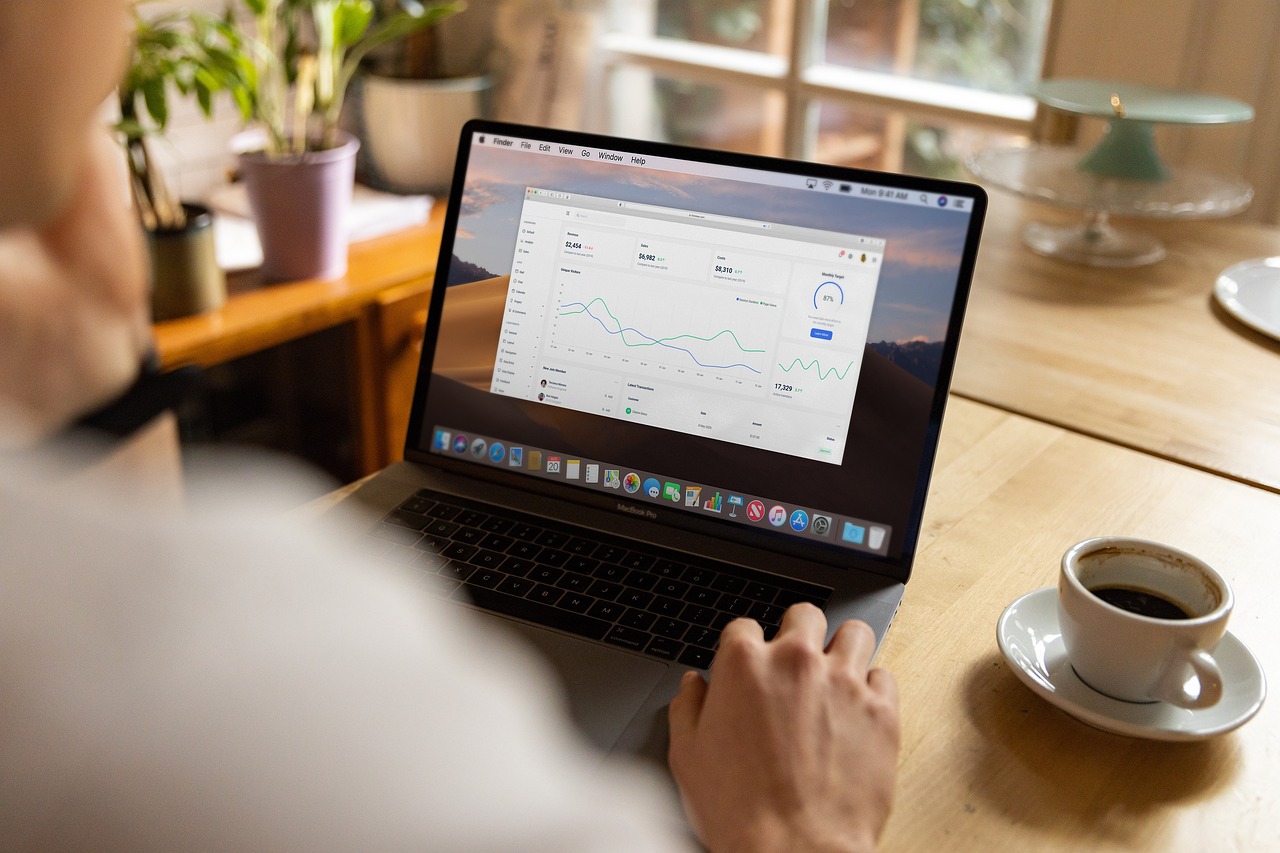
Day trading, unlike the traditional buy-and-hold strategy recommended by many investment experts, involves a high-frequency trading style. Day traders buy and sell securities within a very short time frame, often within a single trading day, aiming for small short-term gains that, they hope, will accumulate over time.
However, day trading is a high-risk endeavor characterized by potential large profits and significant losses. Retail investors, especially those lacking access to advanced resources and data, often struggle to achieve consistent profits through day trading.
The allure of day trading is strong for many, driven by the idea of potentially substantial earnings through just a few hours of trading each day. If you’re contemplating day trading, it’s essential to understand the fundamentals and risks involved.
Defining Day Trading
Day trading involves the rapid buying and selling of stocks, typically not holding positions overnight. Transactions can last from a few seconds to several minutes, with the goal of securing small profits in a short time without risking substantial capital.
Day traders quickly exit positions that turn negative and often sell as soon as they realize a profit. This approach applies to both short sales and conventional stock trades. In contrast, swing trading involves holding investments for days or weeks, and traditional investors often maintain positions for months or years, expecting that long-term gains will offset short-term losses.
Long-term investing is generally recommended for most investors, including novices, as it can be more viable with minimal research and some luck, unlike the high-stakes nature of day trading.
Is Day Trading Advisable?
Despite the increasing popularity of day trading, thanks to accessible online brokerage accounts and abundant research materials, many financial experts view it as akin to gambling. There’s a widespread perception among professionals that day trading could lead to disastrous financial outcomes for inexperienced traders.
How to Start Day Trading
To begin day trading, you must first set up a brokerage account. Some popular low- or no-cost trading platforms include:
- M1 Finance
- Firstrade
- Robinhood
- TradeStation
Be aware that day trading involves additional regulations, such as the requirement for a margin account if you’re classified as a pattern day trader.
The Risks of Trading on Margin
Margin accounts, which allow borrowing to finance trades, come with their own risks. While they can amplify gains, they also magnify losses and incur interest charges, adding to the financial burden in case of unsuccessful trades.
Capital Requirements for Day Trading
Day trading is not a low-budget endeavor. According to the Financial Industry Regulatory Authority, a pattern day trader must maintain a minimum balance of $25,000. Falling below this threshold leads to trading restrictions and margin calls.
The Value of Practice Accounts
Experts recommend that beginners start with simulated trading accounts. These practice platforms allow aspiring day traders to gain experience without risking real money. Some top simulators include NinjaTrader, TradingView, and eToro.
Potential Earnings for Day Traders
Day trader incomes vary widely, with reported annual earnings ranging from around $12,000 to over $300,000. However, these figures can be misleading as day trading incomes are highly inconsistent and can fluctuate significantly.
Can Day Trading Make You Rich?
While there are success stories in day trading, they are exceptions rather than the norm. The possibility of substantial earnings exists, but it’s far more common for traders to incur losses.
The Pitfalls of Loss Accumulation
One of the challenges in day trading is the difficulty of recovering from losses. For example, a 20% loss on a $100 investment reduces it to $80, and a subsequent 20% gain only brings it back to $96, not the original $100. This illustrates the challenge of overcoming losing streaks in day trading.
Tax Considerations in Day Trading
Professional traders can deduct trading-related expenses and opt for “mark-to-market” taxation to avoid certain tax pitfalls. However, most amateur traders do not qualify for these benefits, and short-term capital gains from day trading are taxed at higher rates than long-term gains.
Day Trading Tips
If you decide to pursue day trading, it’s crucial to understand the competitive landscape. You’ll often be trading against sophisticated algorithms and well-funded institutions. Acknowledge the risks and realities of day trading, and if you commit to it, treat it as a full-time job. Remember, only trade with money you can afford to lose.
To maximize your chances of success, consider investing in advanced trading tools and software, which can provide a competitive edge. These tools, while costly, can be essential in a field where small advantages can make a significant difference.
In summary, day trading is a complex and high-risk activity with potential rewards and substantial risks. It requires a thorough understanding, significant capital, and a commitment to learning and strategy.